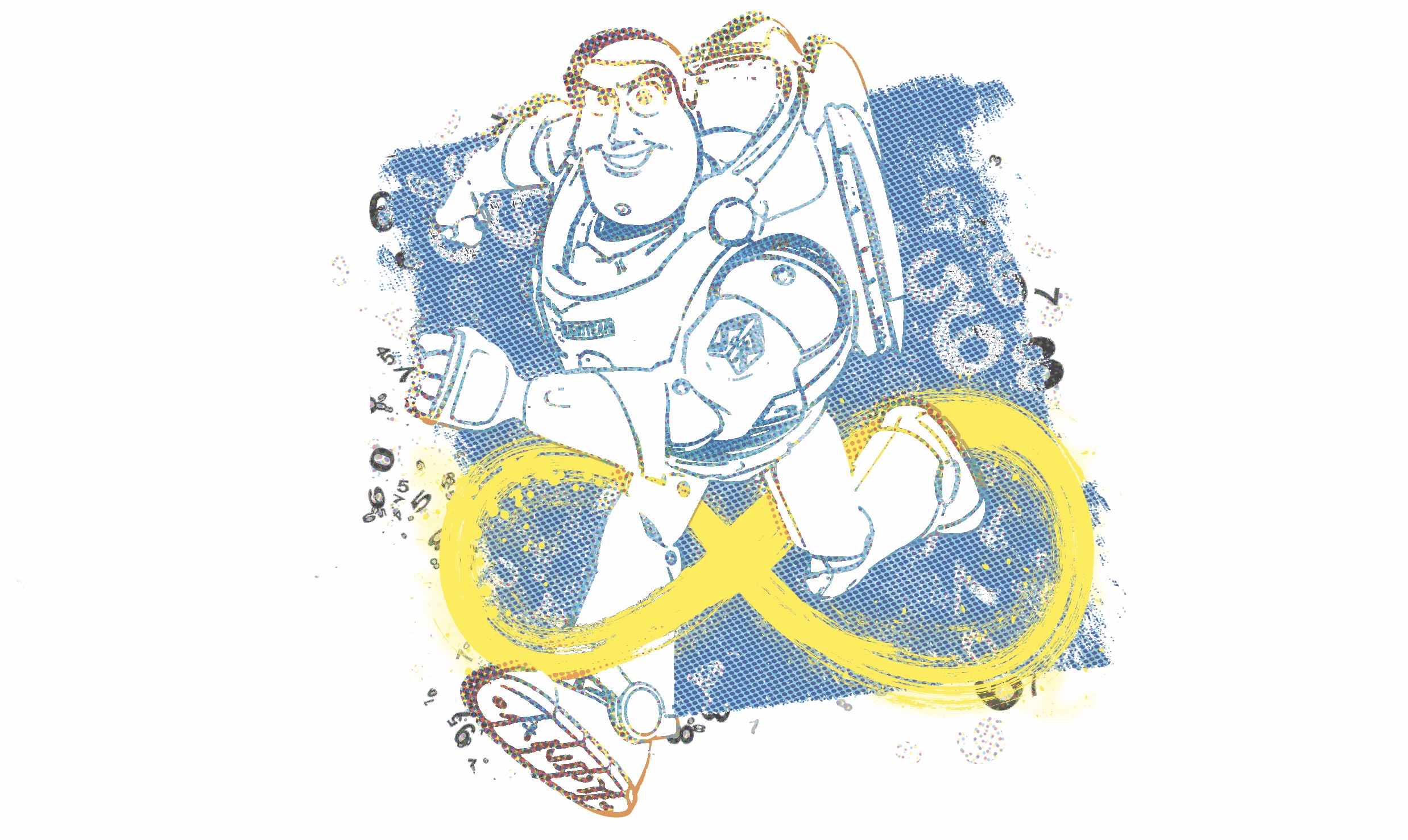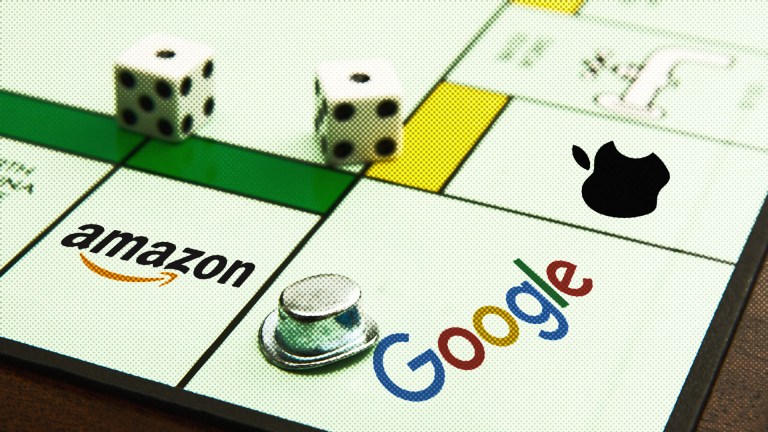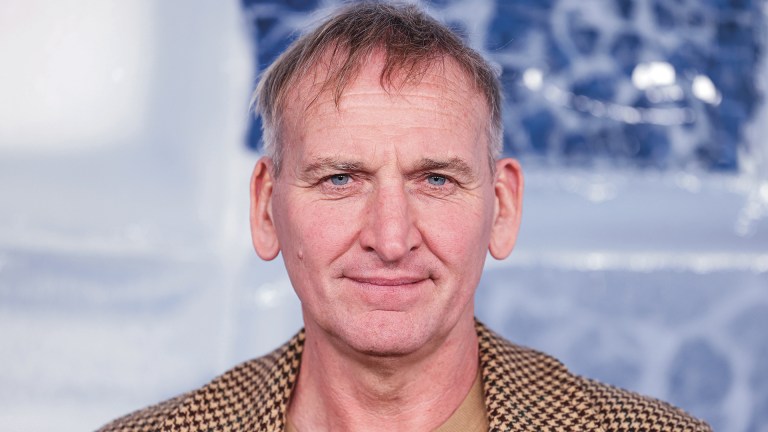Buzz Lightyear’s catchphrase is inspiring and heroic, but it sounds mathematically impossible. After all, infinity is the biggest thing there is, the farthest you can go. So how can anything be bigger, or go further?
It’s a good question. Surprisingly, it has a good answer. What’s beyond infinity? Bigger infinities. They go on forever, and having done that they still keep going.
The first known person to use of a specific word for the infinite was the Greek philosopher Anaximander, around 580BC. Mathematical references to the infinite start with the celebrated paradoxes of another Greek philosopher, Zeno. In one paradox, Achilles challenges the tortoise to a race and gives it a head start. Achilles is faster, but – Zeno argued – he can never catch the tortoise. Why not? Because by the time he reaches where it was, it has moved a little further on, and this keeps happening indefinitely. Sorting this out poses deep questions about space and time.
Children often wonder what the biggest number is, usually settling for the biggest whose name they know – a hundred, or a thousand. Later they realise that whatever number you choose, a gazillion, say, it can always be trumped by a gazillion and one. One way to say this is ‘there is no biggest number’. Yet another Greek philosopher, Aristotle, called this ‘potential infinity’. However far you’ve got, you can keep going, but you never actually get there. Another description, more contentious but richer in mathematical and philosophical promise, is ‘there are infinitely many whole numbers’. Aristotle called this kind of infinity ‘actual infinity’, and he argued that it was impossible. Some cosmologists disagree, claiming that the universe is actually infinite, but it’s hard to see what evidence could prove them right.
One of the greatest paradoxes of the infinite is that it’s turned out to be extremely useful. As the inspiration behind calculus, it’s taken humanity to the moon, and flies millions of us across the globe every day. Mathematicians find it very difficult to get anywhere without infinity – even if you can’t actually get to infinity itself. They’ve even given infinity its own special symbol: ∞. So we have to come to grips with it, rather than dismissing it as nonsense.
Around 200AD, the philosophy and mathematics of infinity became entwined with early Christian beliefs. The theologian Origen maintained that God’s power is finite, because, following Aristotle, infinity must be potential – but God, being perfect, can’t just be potential. In AD395 Eunomius argued that creation as a whole is finite. That attitude didn’t last long, because the Council of Constantinople condemned the ‘Eunomian heresy’, and the infinitude of God became pretty much the definition of the Christian deity. Later, Anselm of Canterbury used this in the so-called ontological proof of God’s existence. Consider the most perfect possible being. Since a being that exists is more perfect than one that does not, the most perfect possible being must exist. QED.









